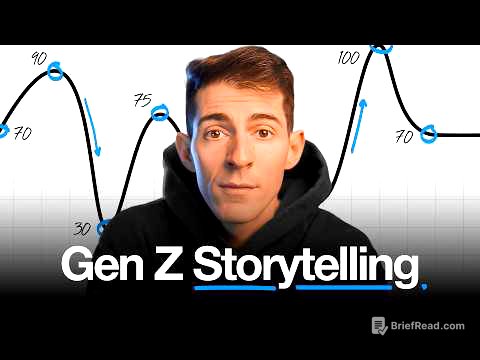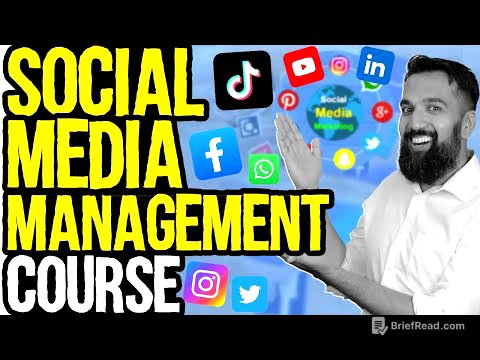TLDR;
This video summarizes Tiago Forte's "Building a Second Brain" system, which addresses information overload by creating a digital commonplace book. The system involves capturing ideas, organizing them by actionability, distilling the essence of the information, and expressing it through various outputs. Ali Abdaal shares his experiences using this system, highlighting its benefits for productivity, creativity, and stress reduction.
- The Second Brain system helps manage information overload by capturing and organizing ideas.
- The CODE framework (Capture, Organize, Distill, Express) is the core methodology for building a Second Brain.
- Organizing information by actionability rather than topic is crucial for effective use.
- The system promotes creativity and reduces stress by freeing up mental space.
Intro [0:00]
Ali Abdaal introduces the concept of a "Second Brain" as a solution to information overload, drawing from Tiago Forte's book, "Building a Second Brain." He explains that the video will cover the reasons for building a second brain and how to do it using the CODE framework (Capture, Organize, Distill, Express). Ali shares his personal experience of using the system for several years, aiming to demonstrate its benefits.
What is a Second Brain and why should you have one? [0:39]
The core problem addressed is information overload, with people consuming vast amounts of data daily. Writing things down is presented as a basic solution, referencing the historical use of commonplace books by artists and creatives like Taylor Swift, Jerry Seinfeld, and Leonardo DaVinci. While physical journals have limitations like searchability and organization, a digital commonplace book, or "second brain," offers a more efficient alternative. This digital system captures inspiration from various sources, both external (books, podcasts, conversations) and internal (thoughts, ideas), providing a central repository for information. The second brain is particularly useful for creatives, providing a source of ideas for content creation. However, it's also valuable for anyone involved in knowledge work, which now encompasses nearly every job.
C (Capture) [4:55]
The first step in the CODE framework is "Capture," emphasizing that the brain is for having ideas, not holding them. Drawing from David Allen's "Getting Things Done," Ali highlights the importance of offloading information to free up mental space for creativity and relaxation. While calendars and to-do lists are standard productivity tools, a second brain involves capturing any resonant idea in a note-taking app. Ali uses Apple Notes for his second brain, capturing highlights from books, interesting quotes, useful websites, and notes from meetings. He also captures his own thoughts, recognizing their value over time. Capturing can be manual (writing things down) or automatic, using apps to capture highlights from books, articles, and podcasts.
O (Organise) [8:38]
The second step is "Organize," which involves structuring the captured information. The wrong way to organize notes is by source (e.g., book notes, podcast notes), which is not particularly useful. Instead, Tiago Forte suggests organizing by actionability, considering where the information will be used. Ali organizes information relevant to his book project directly into the book folder, avoiding excessive categorization. He also organizes notes for his video on longevity based on the specific video project, rather than by topic. This approach is similar to advising students to organize notes based on specific essay questions rather than broad subjects.
D (Distill) [11:13]
The third step, "Distill," addresses how to extract the essence of captured information. Tiago Forte's method of progressive summarization, which involves highlighting on steroids, is introduced. This method builds on the basic idea of highlighting to flag the most important areas of a text or note.
E (Express) [11:52]
The final step is "Express," which involves showing your work and sharing your ideas. Ali explains that creating a video based on the book is an example of expressing knowledge. He emphasizes that hoarding ideas is useless unless they are used to create something of value or shared with others. Expressing is a part of almost every job, whether it's creating a PowerPoint presentation, developing a trading strategy, or producing art. The CODE framework ultimately helps individuals express their creativity and share their work more effectively.
How my Second Brain has helped me [13:16]
Ali shares personal examples of how the second brain has improved his productivity and creativity. One key benefit is the shift from "heavy lifts" to "slow burns," where multiple projects are worked on in parallel. By capturing and organizing information related to these projects, the work is gradually completed over time, making the final assembly much easier. The second brain has also aided his teaching work, allowing him to quickly prepare talks by accessing relevant information and supporting evidence.
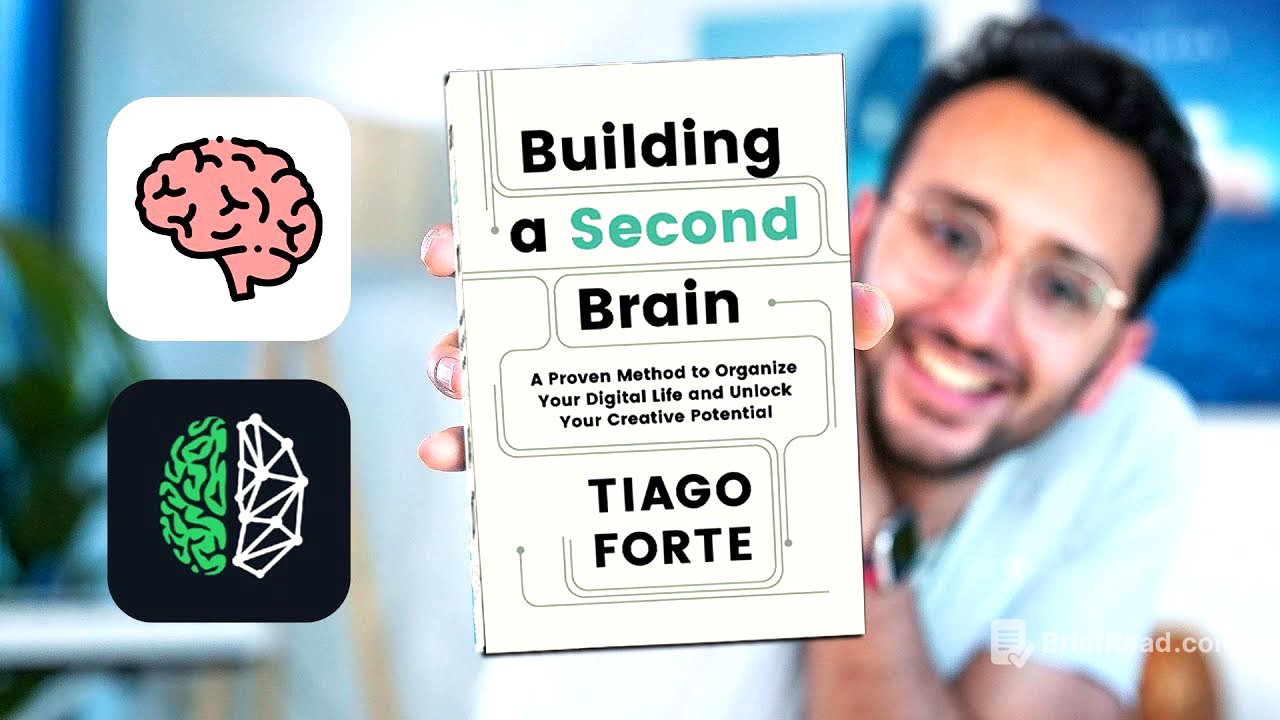


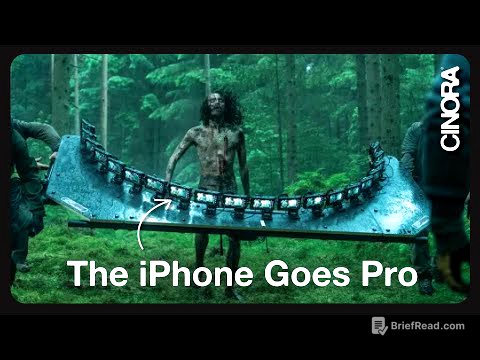
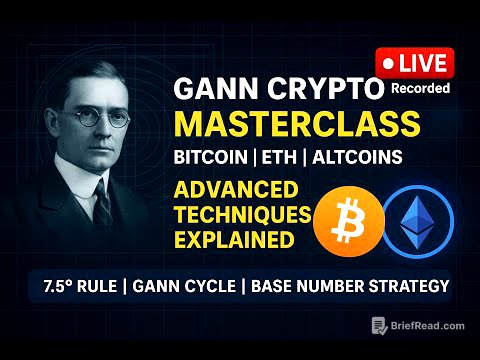
![Roller Coaster the Series EP 5 [1/4] Loft won Pure's love รัก ขบวนนี้หัวใจเกือบวาย | EP.5](https://wm-img.halpindev.com/p-briefread_c-10_b-10/urlb/aHR0cDovL2ltZy55b3V0dWJlLmNvbS92aS9vTl93MTd0VHdSOC9ocWRlZmF1bHQuanBn.jpg)
